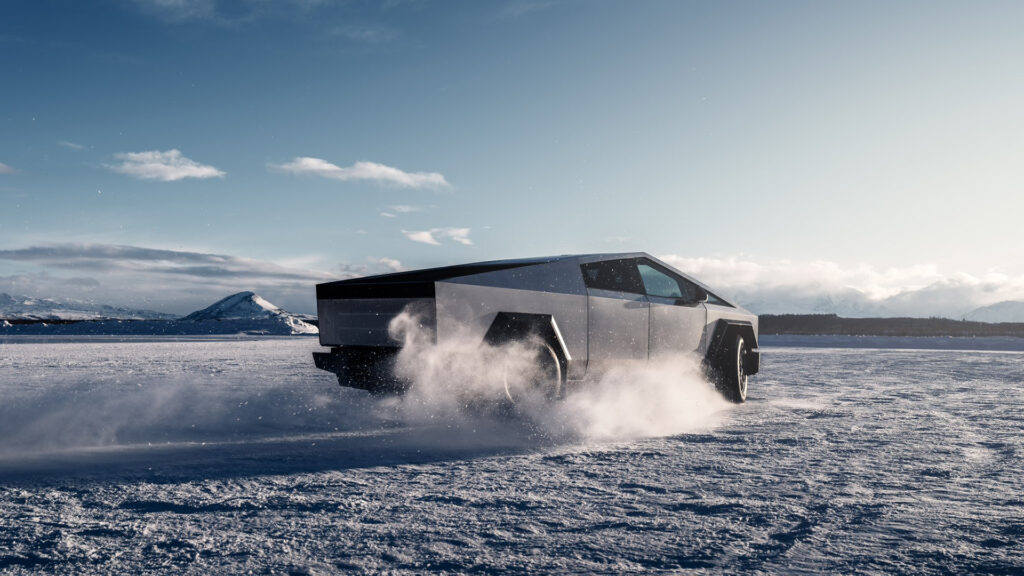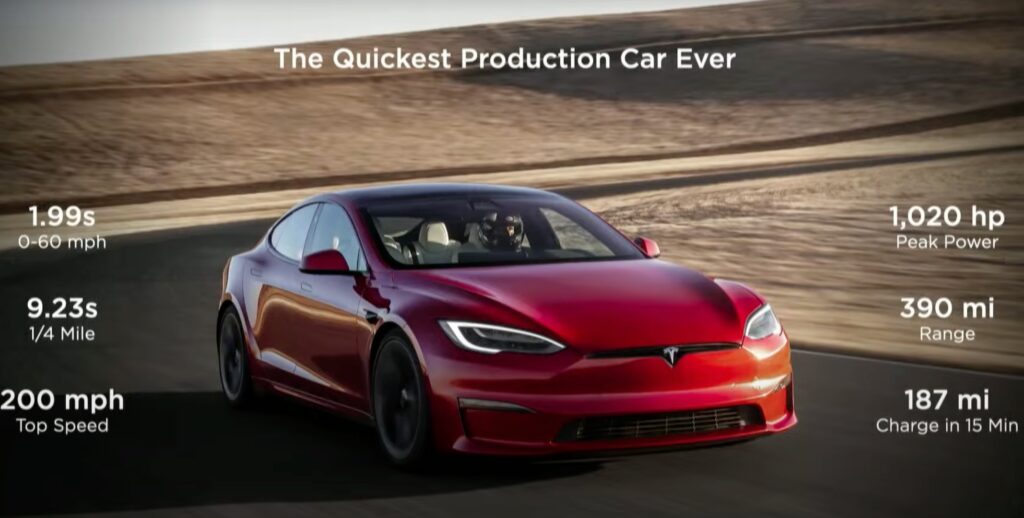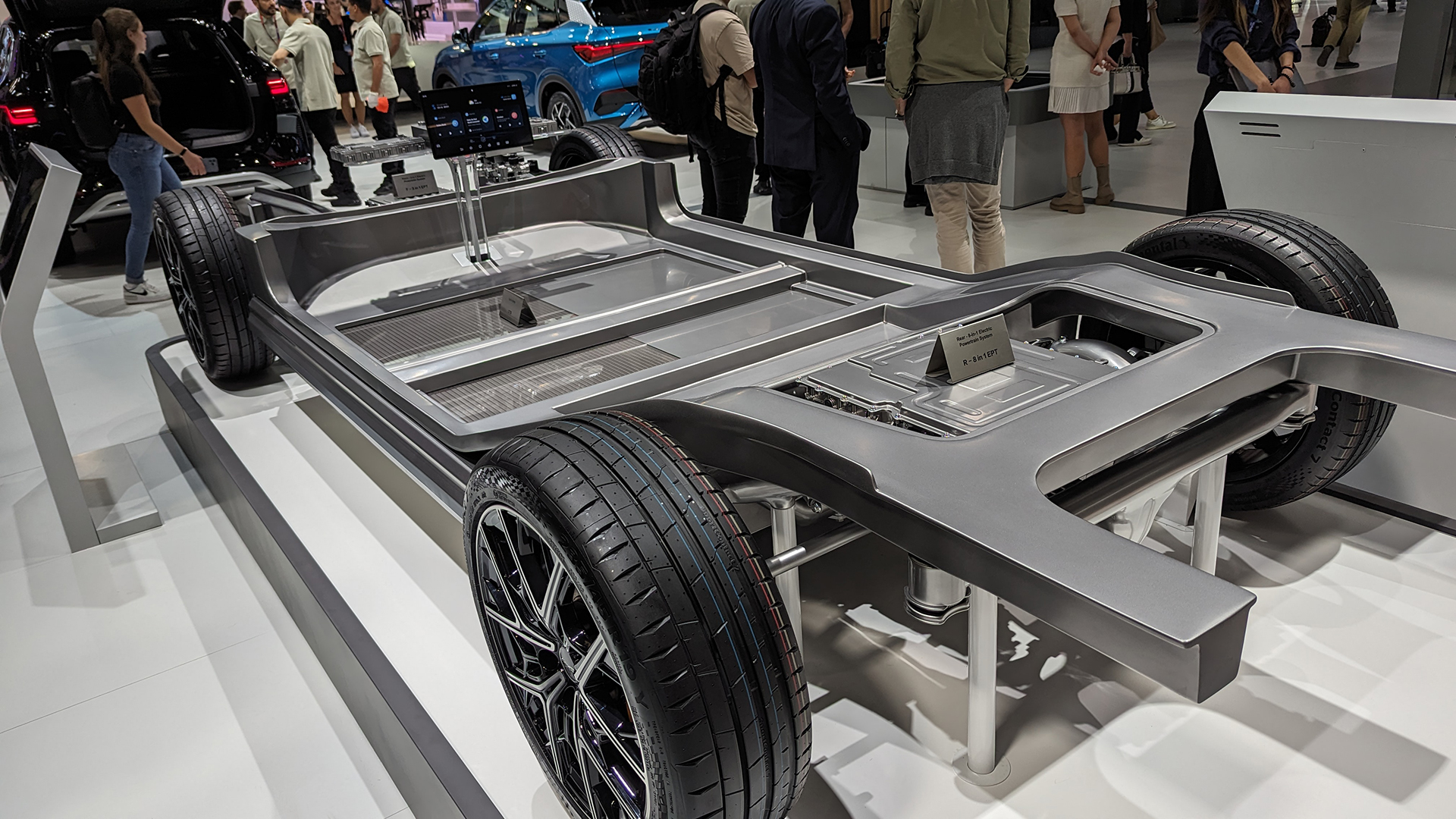In an electric car, the battery is by far the most important element. The vehicle’s range, charging power and ability to travel long distances in record time are all linked to the technology used in the battery. What are the different chemistries existing today, their advantages and disadvantages?
The jargon specific to electric car batteries can be difficult to understand. We talk about 400 or 800 volt architecture, then come different battery chemistries, each with its share of advantages and disadvantages.
To see more clearly, let’s take stock of the two main categories currently used in electric cars: LFP batteries (lithium-iron-phosphate) and NMC or NCA batteries (nickel-manganese-cobalt and nickel-cobalt-aluminum). At the end of this file, you should be able to understand why all batteries are not equal, and to determine which one is best suited to your use.
LFP: can the cheapest batteries be the best?
Since 2020, LFP batteries have gained popularity thanks to one model in particular: the Tesla Model 3. A true headliner of electric mobility around the world, the entry-level version of Elon Musk’s brand began using an LFP battery when the Shanghai gigafactory was built.
Since then, this cobalt-free battery chemistry – the use of which is still controversial today due to the mining conditions of this ore – has gained popularity and has even established itself as the default battery for many vehicles. Very often, it is the least expensive models that benefit, like the MG4 with the small battery, for example.
The reason is simple: for the same capacity, it is the cheapest battery chemistry at the moment. The financial gain for manufacturers is estimated at almost 40% in certain cases, which explains why it is the preferred choice in many cars, which still struggle to display a price below 30,000 euros.
LFP batteries: disadvantages
Of course, lower prices mean disadvantages inherent to this nickel-free chemistry. In this case, the two biggest shortcomings of LFP batteries are their energy density and their sensitivity to extreme temperatures.

Put more simply, for an equivalent amount of energy, an LFP battery is heavier than an NMC or NCA battery. This explains, for example, the 2,083 kg of the MG4 51 kWh with LFP battery, compared to the 2,113 kg of the MG4 64 kWh with NMC battery: for only 1.4% additional mass, the capacity of the battery increases by 25%.
Temperature management is a challenge for LFP batteries, which do not like the cold. Charging performance at very low temperatures is significantly degraded, and regenerative braking is almost non-existent if the battery pack is not hot. Of course, most manufacturers take these disadvantages into account and add a battery pre-conditioning system to mitigate the problem. But, if you pick up your vehicle after hours of parking in the cold, it will be a long time before you can drive it with maximum regenerative braking. Note also that these batteries do not like to be too hot. This explains why, during long descents of mountain passes, we find ourselves more easily with limited regenerative braking than on the same route with a battery containing nickel.
LFP batteries: advantages
LFP batteries still have more than one trick up their sleeve, and possess other qualities that their counterparts do not have. They can charge to 100% daily without accelerating cell degradation, in practice allowing you to wake up every morning with a full battery, which is particularly important for vehicles with a short range.
More than a possibility, recharging to 100% is even strongly recommended so that the battery management system is well calibrated. The absence of cobalt in the cathode makes it difficult to read the true charge level of each cell if a full charge has not been achieved for a long time. This is why at the time of delivery, for example, the battery level displayed can be fanciful: the pack must be calibrated.
In addition, their longevity is excellent, since studies show that you can expect to cover 4 times more kilometers with an LFP battery than an NMC or NCA of equivalent capacity before it becomes inoperative. This is interesting for manufacturers who want to display an ever-increasing guarantee on battery packs, in particular to reassure those who are reluctant to switch to electric.
NMC and NCA: more efficient and lighter batteries
Still widely used despite a higher cost per kilowatt hour, NMC or NCA (nickel-manganese-cobalt or nickel-cobalt-aluminum) batteries remain the benchmark for vehicles requiring performance.
NMC and NCA batteries: advantages
Their excellent energy density allows them to offer greater autonomy for the same on-board weight as an LFP battery.
We find this chemistry, for example, on the Tesla Model 3 Long Autonomy, which is only 63 kg heavier (i.e. an excess weight of 3.5%) than the Propulsion, for 33% more battery. Additionally, unlike LFP batteries, NMC and NCA batteries are less sensitive to temperature, making them well suited to freezing climates.
Of course, if you leave your vehicle for hours outside in 0 degrees, regenerative braking will be limited or even non-existent. However, it will return much faster than with an LFP battery. Also, during long descents, regenerative braking is not limited as quickly with an NMC or NCA battery as with an LFP.
Another major advantage particularly concerns drivers looking for performance. The high temperature discharge capacity is excellent, which allows certain cars to break all records on the circuit, such as the Tesla Model S Plaid on the Nurbürgring.


Finally, the battery management system (BMS) is more precise on batteries equipped with cobalt. In practice, this means that the battery level is read very accurately, allowing you to flirt with 0% without fear. On some poorly calibrated LFP batteries, the car may stop abruptly before reaching 0%.
NMC and NCA batteries: disadvantages
Where the two cobalt-containing chemistries fail to match LFP batteries is on the daily charge limit. Concretely, charging an NMC or NCA battery to 100% every day is not recommended. The classic limit is more like 80%, which reduces the vehicle’s autonomy.
For everyday use, this is of course no problem, and for long journeys which are relatively rare, it is possible to charge to 100%. However, when these batteries are 100% charged, regenerative braking disappears entirely, making the first few miles quite unpleasant.
The price of NMC and NCA batteries is also a black spot, because they contain cobalt, which is very expensive. Costs are now disproportionate for cobalt: it is double that of nickel, 15 times that of aluminum, and up to more than 1,000 times that of manganese. We understand why more and more manufacturers are trying to do without cobalt, in addition to the ethical considerations that come into play.
Finally, disadvantage of NMC and NCA batteries compared to LFP batteries: safety. The probability of fire is greater on these two chemistries, although an electric car catching fire is more the exception than the rule.
Which battery chemistry for which use?
As you can see, each drum chemistry has its strong and weak points. It is not realistic to say that only one is the best, since it will strongly depend on the use cases.
To date, to limit costs, there is no better solution than an LFP battery. On vehicles where performance is secondary, and where the on-board weight is not limited, it is obvious to install this type of battery. What’s more, the 100% daily load is very well supported. The greater number of cycles before the battery is worn out, combined with the lower probability of fire, makes them reassuring batteries for people getting a foot in electric mobility.
NMC and NCA still have a bright future ahead of them, because cars that have a strong need for performance while having large batteries cannot use LFP batteries. We see it on the Tesla Model 3 or Y Performance, for example, with 80 kWh of battery and a track mode, an LFP battery is out of the game.
In 2023, the perfect battery does not exist. Some studies on non-lithium batteries are very encouraging, but more work remains before they can be used in production vehicles.
The perfect battery doesn’t yet exist, but the perfect newsletter on electric mobility already exists: it’s called Watt Else. It is sent every Thursday free of charge by email. To register, it’s just below!
If you liked this article, you will like the following: don’t miss them by subscribing to Numerama on Google News.
